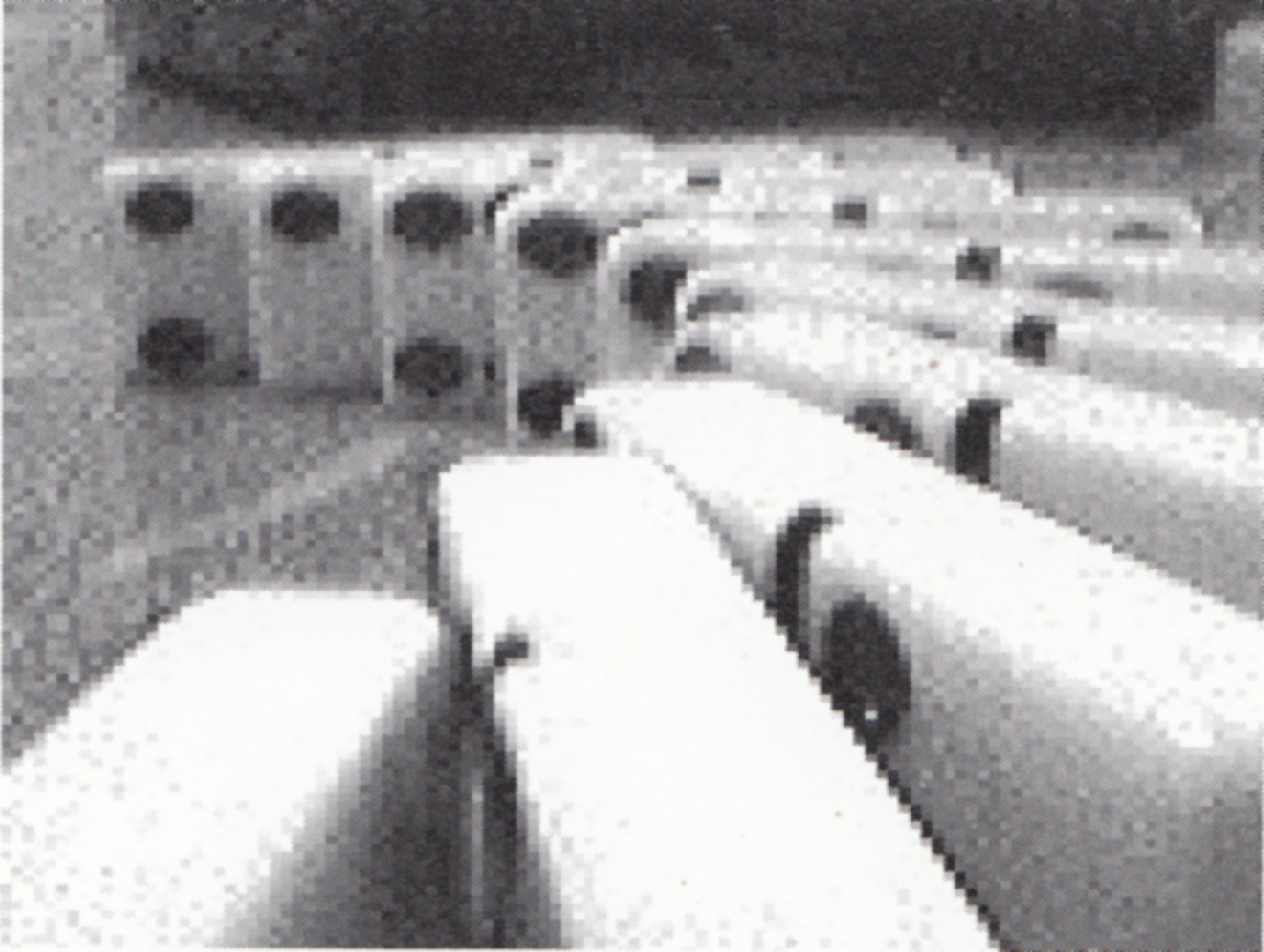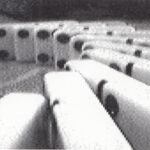“8 Bits or Less” by Patrick Lichty
Title:
- 8 Bits or Less
Artist(s) and People Involved:
Exhibiting Artist(s):
Symposium:
- ISEA2002: 11th International Symposium on Electronic Art
-
More artworks from ISEA2002:


Venue(s):
Artist Statement:
8 Bits or Less is a string of existential vignettes representing the record of events as seen through the wristcam eye. He states, “I am Blind”, and whether this relates to actual blindness or a metaphorical ‘blinding’ technophilia is unresolved. Nevertheless, in a McLuhanist shift, our protagonist now sees the world through his technological prostheses, “Eyes on my wrist/Ears on my hip”. And in stating this, it is revealed that the resolution of his devices is only “8 Bits or Less”. The journey begins.
What ensues is the series of events overlaid with various readings that self-referentially mix paraphrased passages from Debord’s “Society of the Spectacle” with earnest revelations about alien abduction, panoptic surveillance, textual/information bodies (Hayles) and paranoia being an enlightened state of being.
In the end, not much is resolved except an abject understanding that once the process of surveillance began, there is no turning back. “It’s more of a journey, not much of a tale. But then, what did you expect for 8 Bits or Less?”, relates to consumerist expectations of technology and inexpensive consumption. In the end, the protagonist states that an upgrade is in order.
8 Bits or Less is the first video to be created with the Casio Wrist- Cam. Although this fact may not be remarkable in itself, it does explore the potential for upcoming creative applications of wearable technologies, suggesting the forebears of William Gibson’s description of future media star Tally Isham’s prosthetic video camera eyes. It considers the ability of the user to capture imagery in a wide variety of applications from sharing imagery as an illumination of social issues in the larger community to a form of personal countersecurity measure. Also, it shows that creative utilization of 8-bit technology in contemporary artistic practice is extremely viable (and questions the agendas of technological determinism that more sophisticated imaging systems present). The bottom line in the case of 8BoL is that it argues that the application of technology to creative solutions, although it mitigates the following, is still dependent on the creative use of technological solutions.







